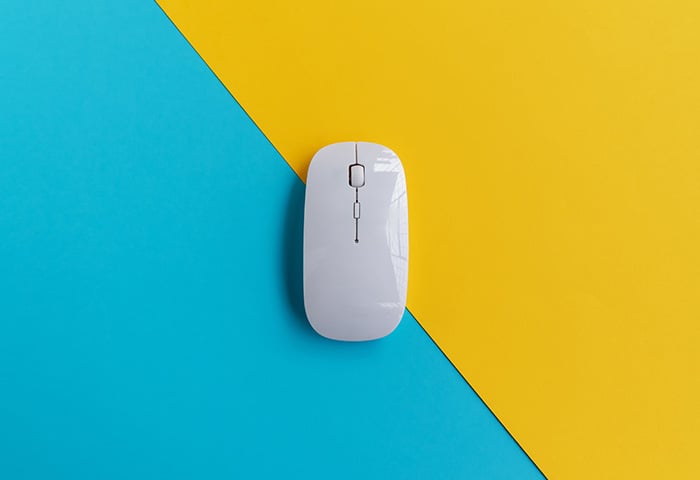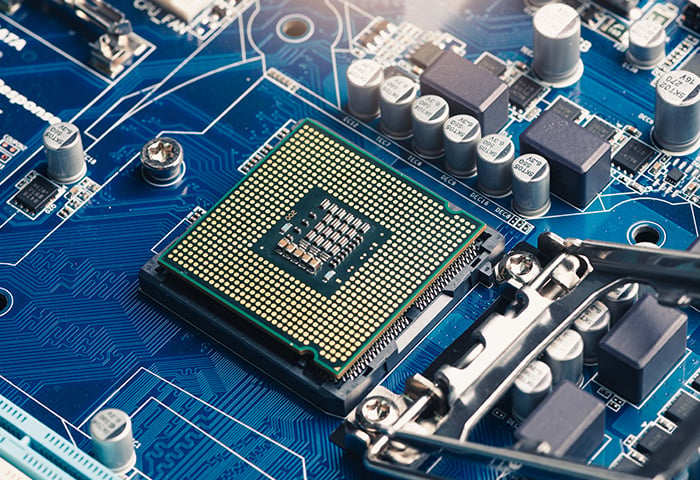Automatically update your graphics driver
The easiest and most convenient way to update your graphics driver is to do it automatically with AVG Driver Updater. It’ll perform a complete system scan and alert you if it finds any outdated drivers. With one click, the tool will then find and download the most current software for you.
Available for Windows 11, 10, 8, and 7, and compatible with Nvidia, AMD, and over 100 other major brands, you can download AVG Driver Updater easily to get a free scan.
Here’s how to use it to update your graphics driver automatically:
-
Download, install, and open AVG Driver Updater. Click Scan Drivers.

-
After the scan is complete, click Update Selected to update all your old drivers at once. If there are certain drivers you don’t wish to update, uncheck the corresponding checkbox first.

-
You can also update drivers individually by clicking Show details next to any specific driver on the list and selecting Update.

Whether you choose to update all your drivers at once or just some, AVG Driver Updater helps find your new drivers and install them automatically, with just a single click. It doesn’t get much easier than that.
Manually update your graphics driver
If you want to find driver updates yourself, you’ve got a few options. Several of the top video card manufacturers offer automatic driver updaters, and most offer driver updating software that you can download directly from their websites.
On Windows PCs, there are two ways to update your drivers on your own:
Here’s how to update your graphics driver using all these methods:
Download drivers from the GPU manufacturer
If you know your graphics card make and model, you can usually download the latest drivers straight from the manufacturer’s website. Here’s how to get your GPU driver directly from the two most popular brands, Nvidia and AMD:
How to update Nvidia graphics drivers
-
Go to the Nvidia homepage and click Drivers in the top-right menu.

-
Select the relevant specs from the drop-down lists and click Find.

-
Locate your driver from the list and click View.

-
Check that the recommended download is compatible with your hardware, operating system, and other preferences. Then click Download.

-
Once the drivers finish downloading, click the .exe file to launch the setup wizard. Follow the instructions to complete the installation.

How to update AMD graphics drivers
-
Go to the AMD homepage, click Resources & Support in the top menu, and select Drivers (under Radeon Graphics & AMD Chipsets).

-
Select your specific GPU model from the product list, and click Submit.

-
Select your operating system and click Download.

-
After the download completes, click the .exe file to launch the AMD graphics card driver update. Follow the instructions to finish the installation.

Use Windows Update
Windows Update is mostly used for OS and other Microsoft updates, but it can detect some types of outdated drivers as well. However, you can’t search for specific updates, such as a new graphics driver, with this method.
Here’s how to use Windows Update to check for driver updates on Windows.
How to update graphics drivers on Windows 11
-
Go to Start > Settings > Windows Update.
-
Click Check for updates and install any available driver or software updates.

How to update graphics drivers on Windows 10
-
Go to Start > Settings (the gear icon) > Update & Security.

-
In the Windows Update section, click Check for updates to see if there are any software updates available for your machine. If so, install them. If not, you’ll have to wait until a new update is ready.

How to update graphics drivers on Windows 7 or 8
-
Open the Start menu (or press Windows + C on Windows 8). Type “windows update” and click Windows Update in the results.
-
Click Check for Updates and wait while Windows Update searches for available updates.
-
Click Install updates.
If Windows Update fails to install driver updates, you can update Windows manually via the Microsoft Updates Catalog. These updates should include the most up-to-date versions of necessary drivers.
Use Device Manager
Unlike Windows Update, the Device Manager tool lets you search for specific software updates — including a new graphics driver.
Here’s how to use Device Manager to update your graphics driver on Windows 11 and 10:
-
Open the Windows Start menu and type “device manager,” then open Device Manager in the results.
-
Click the arrow next to Display adapters, right-click on your GPU, and select Properties.

-
Navigate to the Driver tab and click Update Driver.

-
Click Search automatically for drivers.

If Windows finds an updated version of your driver, you can install it now. If not, it may mean that you already have the latest version of your driver or that Windows was unable to find a newer one.
The process to update your graphics driver using Device Manager on Windows 7 or 8 is similar: go to Device Manager > Display adapters. Then right-click the driver and select Update Driver Software > Search automatically for updated driver software.
Why should I update my graphics driver?
Your graphics driver is responsible for everything you see on your screen. Without a driver, your operating system can’t tell your graphics card what images to create.
Updating your graphics driver can improve your computer’s performance, help fix 100% disk usage and other bugs, unlock new features, and even protect against vulnerabilities that hackers are trying to exploit.
Black screen on Windows
Your PC screen suddenly going black — the so-called “black screen of death” — is caused by critical system errors that force Windows to shut down unexpectedly. PC black screen crashes can be the result of various software and hardware defects, including outdated or faulty graphics drivers. Updating drivers not only helps prevent errors, but also helps fix the Windows black screen of death.
Get better performance
Older drivers can struggle with newer software, especially modern video games and complex editing software like Photoshop or video production apps. If your computer is having a hard time keeping up, the fix may be as simple as updating your graphics driver and improving the performance of your video card.
Our resident performance experts found that updating graphics drivers significantly boosted the FPS in our games — by over 100% in Red Dead Redemption 2, one of the most demanding games out there. Updated drivers also ensure you get the most out of other games, like Ark: Survival Evolved and GTA V.
In fact, updating your drivers is a great way to boost the overall performance of your gaming computer.
 New drivers offer big FPS improvements for gamers.
New drivers offer big FPS improvements for gamers.
As well as unlocking higher resolution graphics and increased FPS, updating your graphics driver can speed up your PC and boost your computer’s performance, not only for gaming, but also for any multimedia application.
And if you plan to overclock your GPU to squeeze out extra performance from your graphics card, it’s especially important to have the latest driver installed.
Fix bugs and other issues
Computers are complex machines, and a lot can go wrong. Outdated drivers don’t always get along with the newest games and other programs. An uncooperative, outdated video card driver can cause screen flickering, stuttering and lags, seemingly random error messages, and even program crashes.
 Outdated drivers can cause your games to suddenly crash.
Outdated drivers can cause your games to suddenly crash.
An overworked GPU can also cause problems, so take steps to prevent overheating and monitor your GPU temperature while gaming or performing other graphics-intensive tasks. GPU manufacturers are usually quite transparent about what they’re working on and how they plan to continue to solve these issues in future updates.
Enjoy new features and options
In the fight for GPU supremacy, the big-name manufacturers have been trying to outdo each other with new features and options in their graphics driver updates. A quick driver update can result in more features and greater performance optimization and customization through the many new tools made available.
Sometimes, GPU manufacturers even use drivers to add completely new technology to their products. For instance, since 2018, Nvidia has incorporated DLSS (deep learning super sampling) technology into its driver updates — this uses AI to simulate high-resolution graphics without suffering performance slowdowns.
When to update your graphics driver
If you manually update your drivers, it’s good practice to check for updates at least every few months. You should also consider updating your video card drivers if you’re experiencing issues or you just want better overall performance.
You should also check for driver updates if:
-
You’re experiencing graphical problems and don’t know why.
Many issues arise because of a faulty driver. If your screen is flickering or lagging, if things don’t look right, or if your games and apps start unexpectedly crashing, check out your driver.
-
Your Device Manager shows an exclamation mark icon.
This is Windows’s signal that something is wrong with a given component of your computer.

-
You want your games and apps to look and run better.
Updated graphics drivers can boost performance significantly. If your favorite game or other program isn’t working well, check if there’s a driver update available.
AVG Driver Updater takes all the guesswork out of updating your drivers — not just your graphics driver, but all of them. With millions of drivers in its database, AVG Driver Updater will easily source updated drivers and install them automatically for all the hardware in your PC.
Identifying your graphics driver
If you’re performing your own updates, you first need to identify the manufacturer and model of your video card to check if your graphics driver is out of date.
Here’s how to check the make and model of your GPU:
-
Type “device manager” in the taskbar or via the Start menu, and open Device Manager from the results.
-
Click Display adapters, right-click your graphics card, and select Properties.

-
Go to the Driver tab. Here you’ll find your GPU’s model and version number.

How to check if your GPU drivers are up to date
Once you’ve identified the current version of your GPU driver, check the manufacturer’s website for the latest version. If the current version of your GPU’s driver matches the version on your PC, then your driver is up to date. If not, you’re running an outdated driver.
Updating your graphics driver couldn’t be easier
With AVG Driver Updater, it’s incredibly easy to update your graphics driver, as well as all the other drivers on your PC. Forget about hunting down new drivers and going without the latest features and performance boosts simply because you’ve forgotten to update.
With an extensive database covering over 100 of the top manufacturers, AVG Driver Updater will ensure you always have the latest drivers for all your computer’s hardware. Get a free scan today to see which drivers you’re missing.
























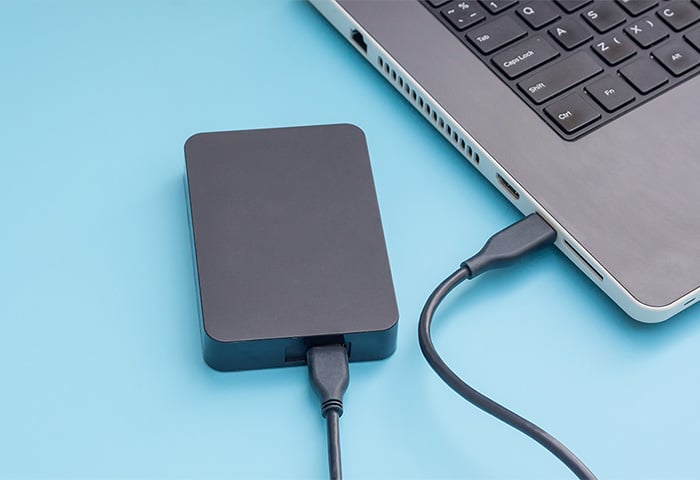
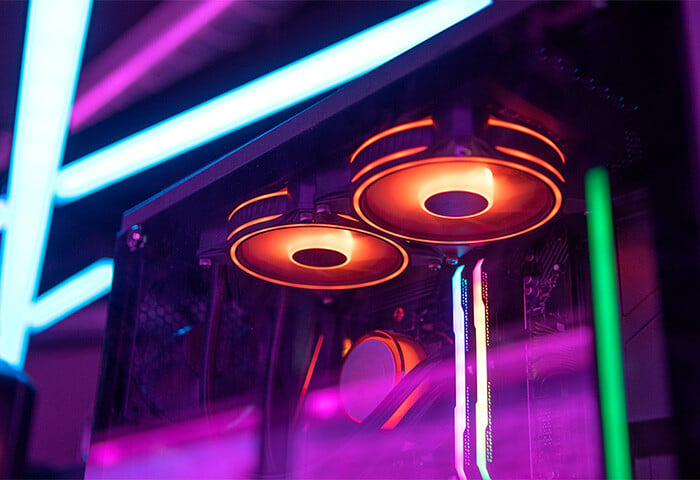


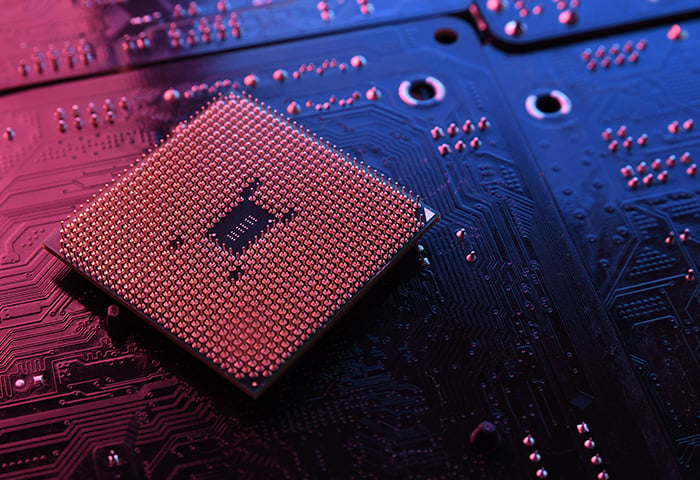
/Signal-How-to-scan-and-fix-hard-drives-with-CHKDSK-in-Windows-Thumb.jpg)
